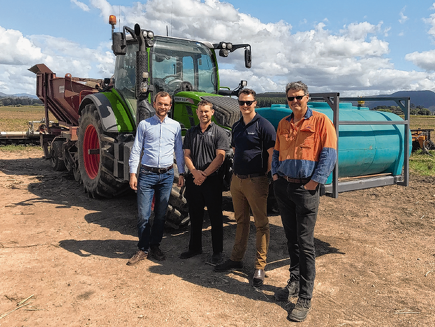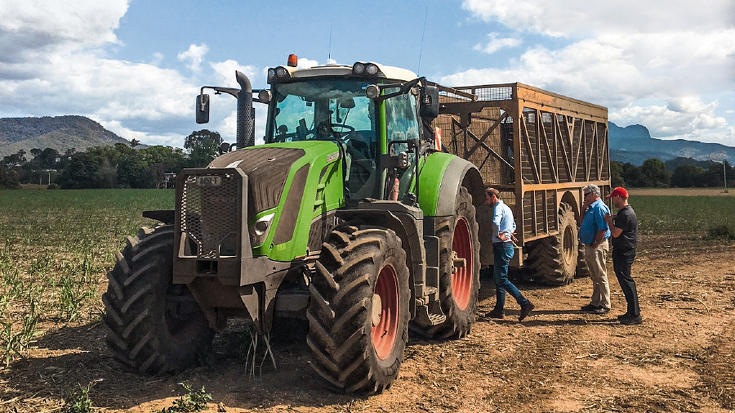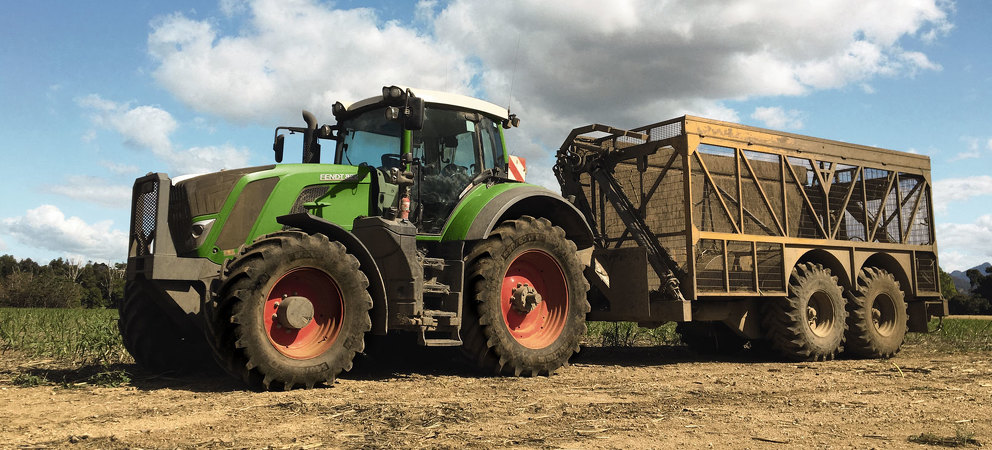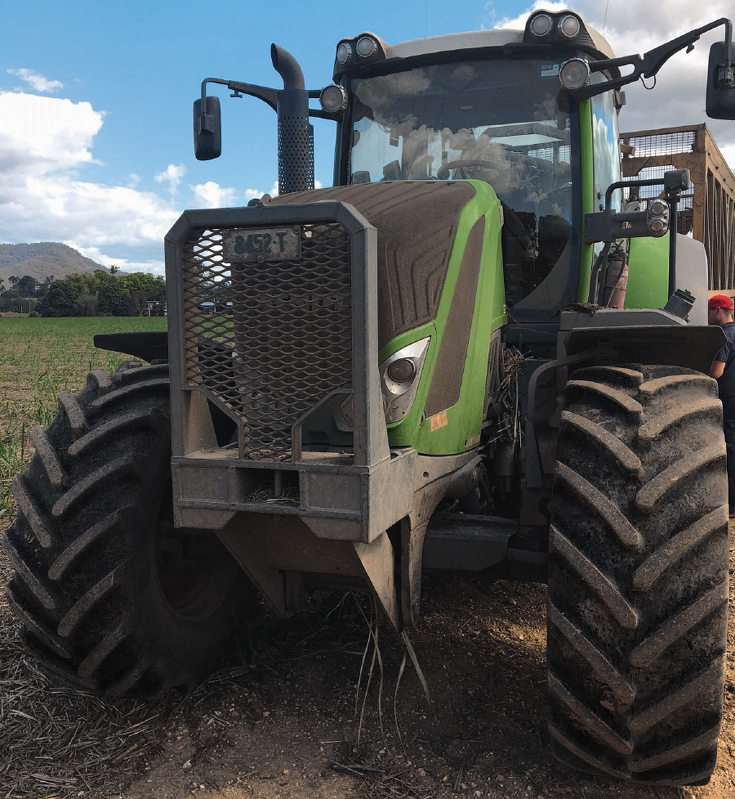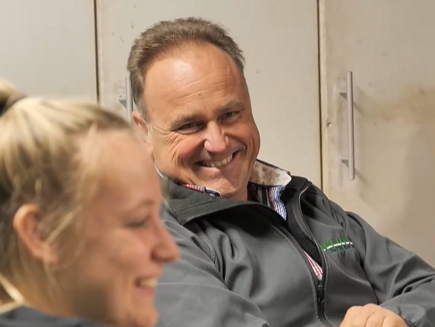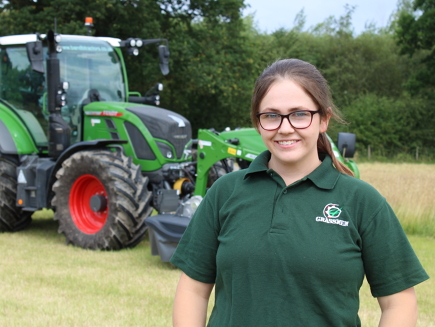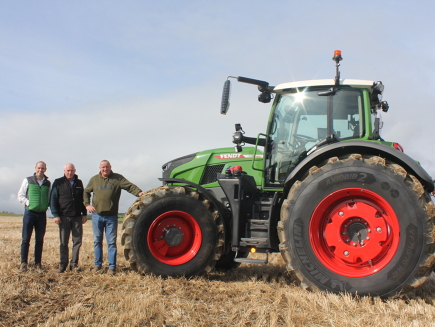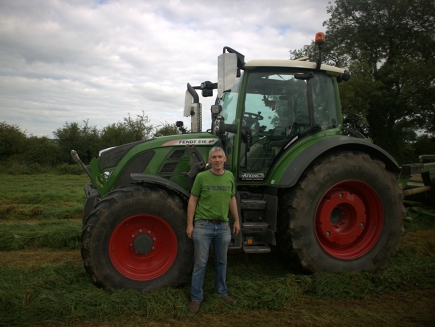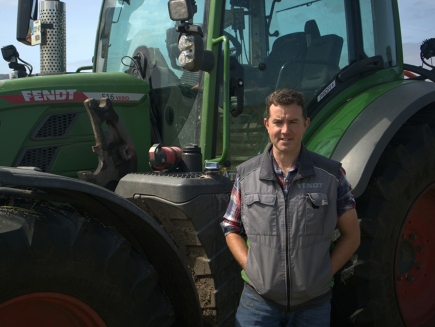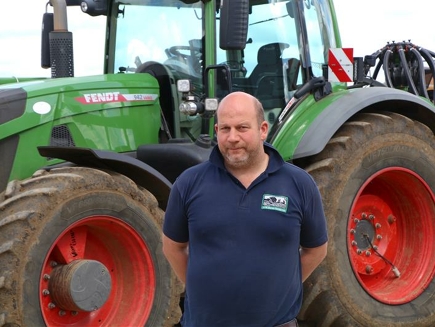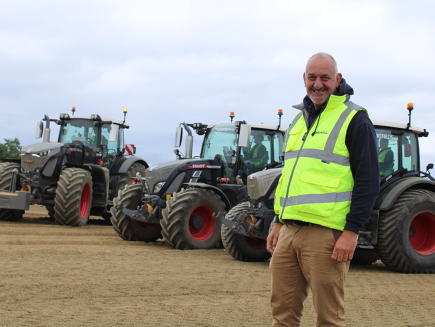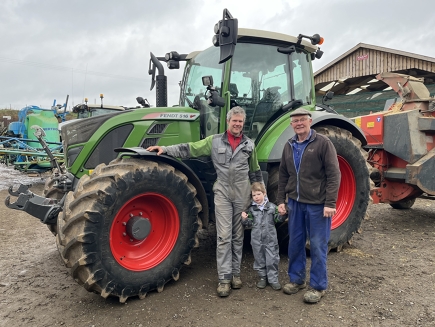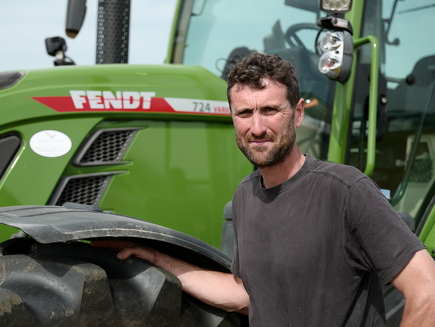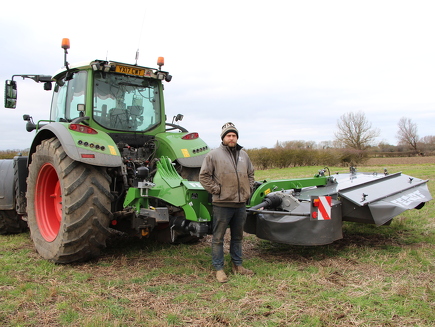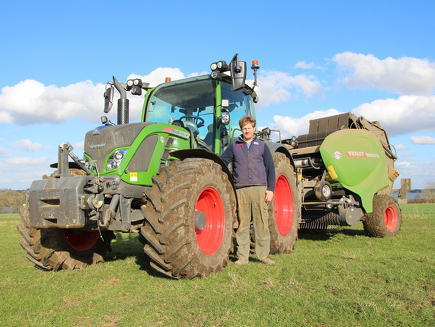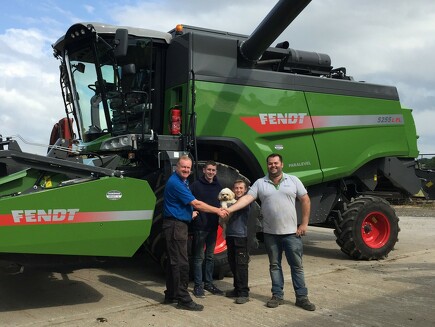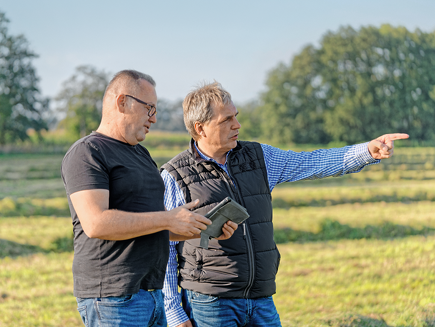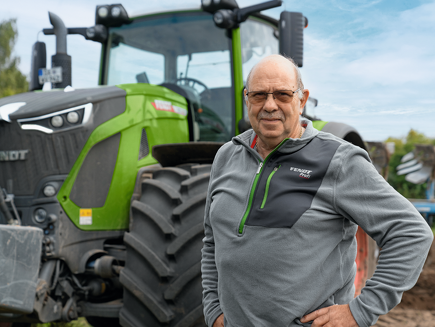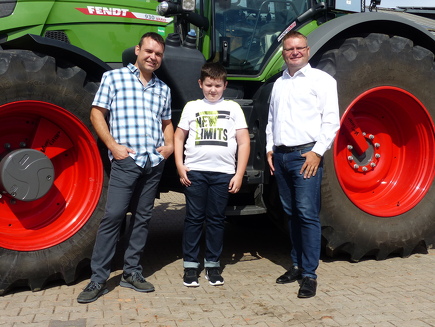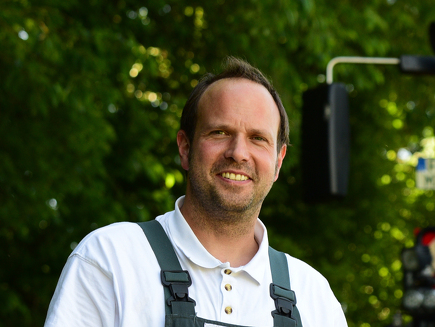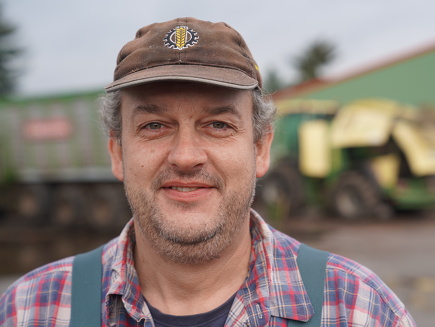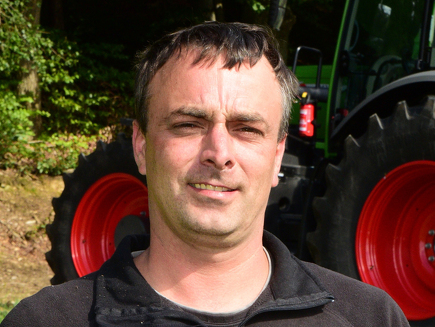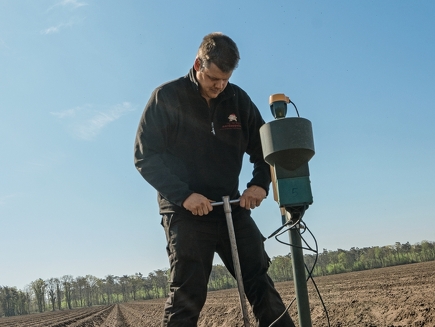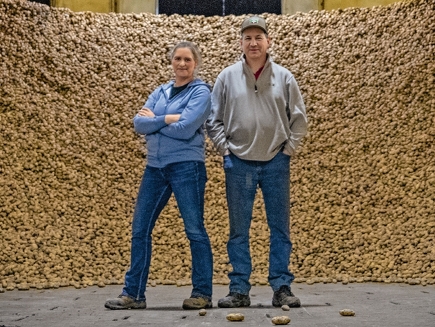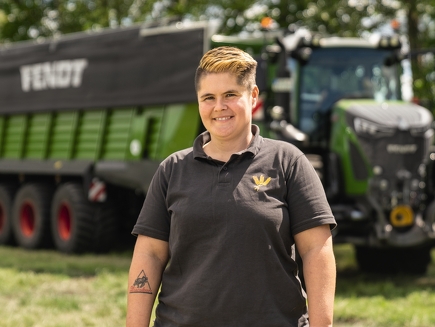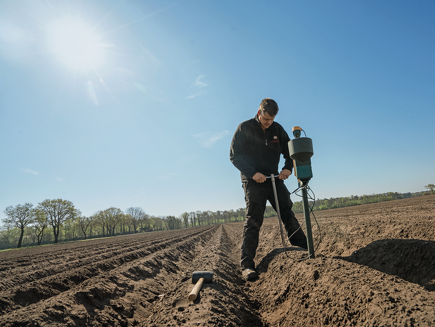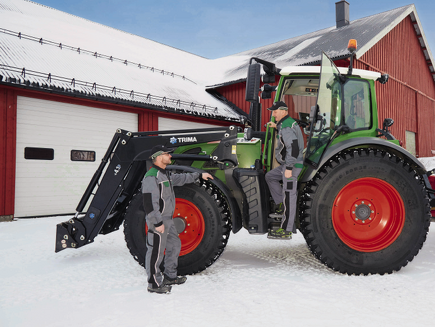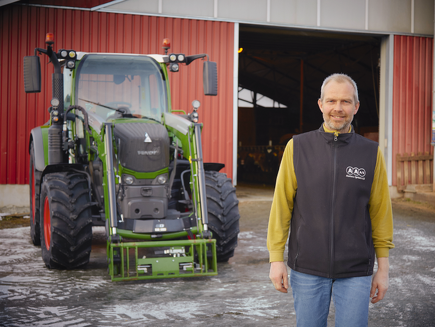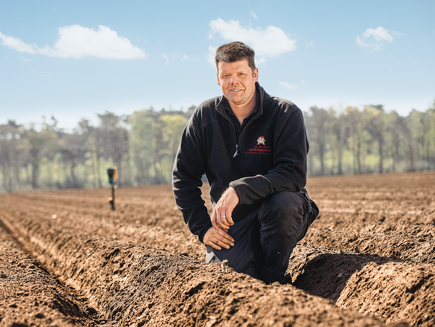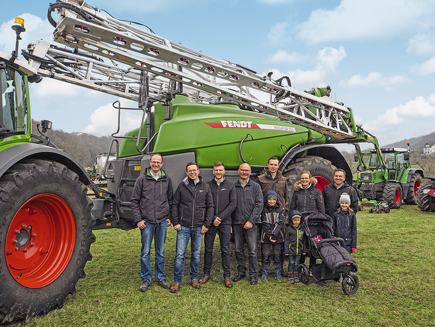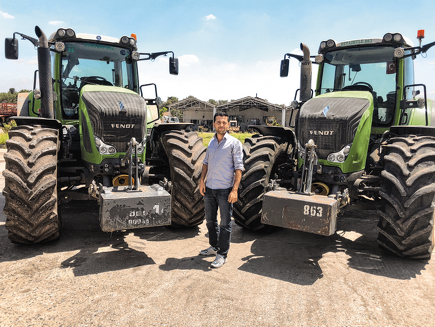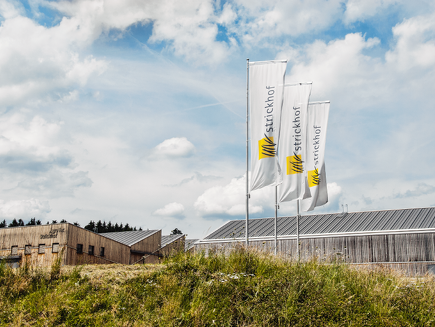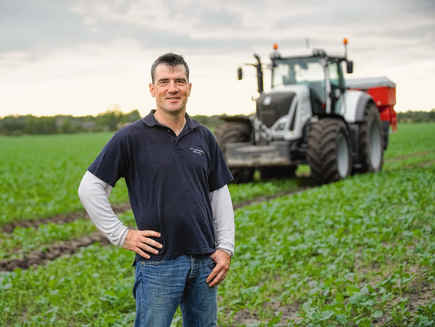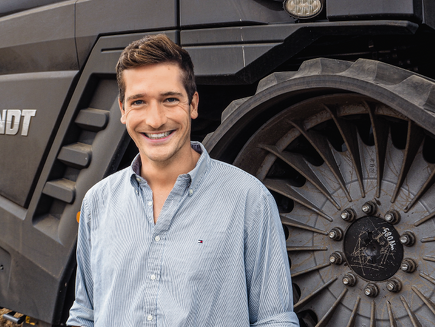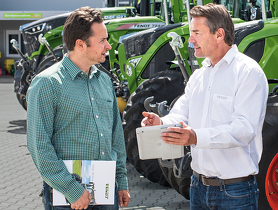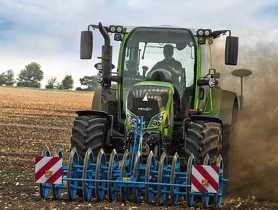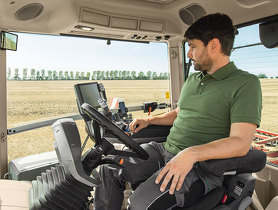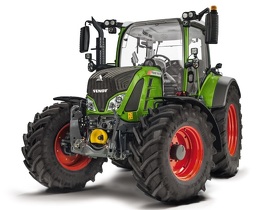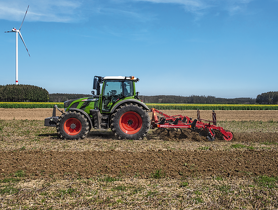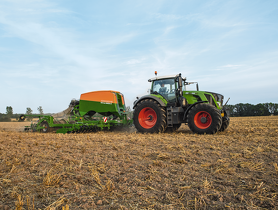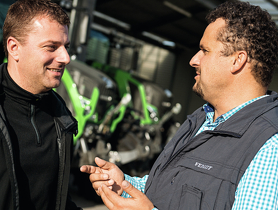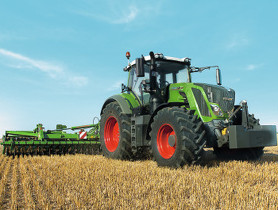The Vario gearbox guarantees that the tractor maintains the target speed without any loss of power, even when the traction force requirements change. The interplay between the engine and gearbox is as efficient as it gets,” explains Donny Cloney, Fendt Product Manager for Australia and New Zealand. As the engine produces a lot of torque even at low speeds, it's under less pressure, the noise pollution is low and the tractor consumes less fuel. “Fuel consumption has fallen by 20% since we switched. The tractors have worked about 9,000 hours together and so far I've only had to replace one faulty sensor in the hydraulic oil tank. I'm impressed with the machine's low running costs and reliability, even in the tight and demanding time windows you get with harvesting and sowing,” says the Farm Manager. Dave was very satisfied with the support from sales partner KC Equipment and Fendt Australia. “Last year, we organised a driver training session on the Fendt tractors for our entire team. Donny Cloney from Melbourne came to our company with Tony Cullingworth, Fendt's Plant Representative for Central Queensland, and showed everyone how to get the best results from a Fendt. They were able to organise training early in the morning, before harvest began. That was a big advantage for us because it meant most of the team members were able to attend.”

